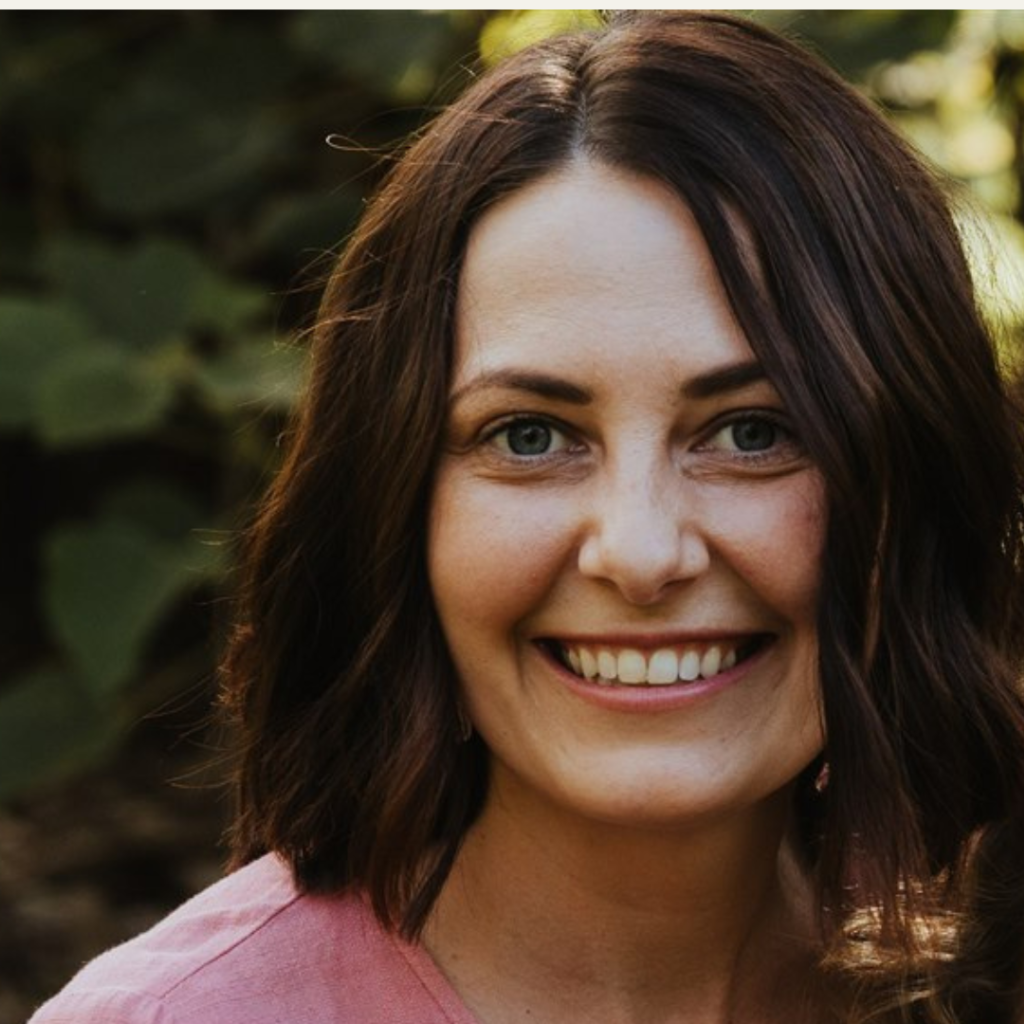As teachers, we continually refine our skills to become the best educators possible. Through years of practice and experimentation with various teaching styles and behaviour management techniques, I’ve found that the most effective strategy is the implementation of classroom routines.
Why Routines Matter

Routines form the backbone of a well-managed classroom. They provide structure, consistency, and predictability, which are essential for both teachers and students. A thoughtfully created routine can:
Promote Focus and Engagement:
By setting clear expectations and procedures, routines help students transition smoothly between activities, minimising disruptions and maximising learning time.
Build a Sense of Security:
Consistent routines create a safe and predicable environment where students feel supported and confident, reducing anxiety and behavioural challenges.
Encourage Independence:
When students know what to expect, they can take ownership of their learning journey, leading to increased self-regulation and responsibility.
If you’re interested in learning more about the benefits of routines and how you can incorporate them into different areas of your classroom, you can explore further details here.
3-Step Plan to Implement a New Routine
Let’s dive into a practical, three-step plan that will help you implement a new routine in your junior secondary classroom today!
STEP 1: Plan and Prepare
Take a moment to reflect on your classroom dynamics and identify areas where a new routine could make a positive impact. Are transitions chaotic? Is there a lack of structure during certain times of the day? Need help with this step? Check out this blog post on Creating Effective Routines. Read it here.
Define what you aim to achieve with this new routine and focus on that purpose throughout this plan. Are you wanting to improve time-management, reduce disruptions or enhance student collaboration?

Actionable Steps:
- Choose a specific task you want to create a routine around. For example, entering the class procedure, transition between whole class to group work, end of the lesson exit ticket to leave.
- Clearly define what the routine will look like and the exact steps students need to follow. Simple and explicit steps is what you need! My advice, go to your classroom and physically act out what you want your students to do and write down the steps!
STEP 2: Practice and Reinforce

You now have a clear aim and set of expectations, time to get your students involved! Explain to them why you will be working on this new routine – clearly discussing how it will improve THEIR learning/class environment. Gain any input from them about this change, when students feel valued and understand the benefits, they are more likely to embrace change positively.
Actionable Steps:
- Model the routine by demonstrating the new routine step-by-step. Show students exactly what you expect them to do.
- Guided Practice. Allow students to practice the routine under your supervision. Provide immediate feedback and corrections as needed. Allow students to practice non-examples of the routine (this is fun and can really demonstrate WHAT YOU DO AND DON’T want to see!)
- Consistent reinforcement of the routine. Praise students who follow the routine correctly and provide reminders for those who need additional support. Consistency is key!
- Incorporate the new routine into every lesson.
STEP 3: Reflect and Adjust
Regularly assess the effectiveness of the new routine and be willing to adjust based on feedback and observations. Flexibility is crucial in adapting the routine to meet yours and your student’s needs.

Actionable Steps:
- Monitor and observe how the routine is working in your classroom. Note any challenges or areas where students struggle.
- Make adjustments be flexible and willing to adjust based on your observations and student feedback. Ensure not to make regular changes as this can be confusing to students. If you do adjust, ensure to repeat step 2 when introducing the change.
- Reflect on progress regularly, celebrate small successes and acknowledge the effort of your students. Use this time to refine and enhance your new routine, ensuring it continues to meet the needs of your classroom.

Need More Support?
Navigating classroom routines can feel daunting, especially if you are a new teacher! Remember, every classroom is unique, and what works in one setting may require modifications in another. Here are some additional tips to support your journey:
- Seek Mentorship: Connect with experienced colleagues or mentors who can offer guidance and share strategies.
- Stay Flexible: Embrace a growth mindset and be open to experimenting with different approaches until you find what works best for you and your students
- Celebrate Progress: Recognise and celebrate small wins along the way. Building effective routines is a gradual process that requires perseverance and reflection.
Remember…
Implementing a new routine in your junior secondary classroom is a journey that begins with intentionality and evolves through collaboration, consistency, and adaptability.
By prioritising student engagement, fostering a sense of community, and embracing change as an opportunity for growth, you can create a classroom environment where both you and your students thrive.
Remember, each step forward, no matter how small, contributes to the collective success of your classroom. Embrace the journey, trust the process, and together, let’s create classrooms where every student can flourish!





